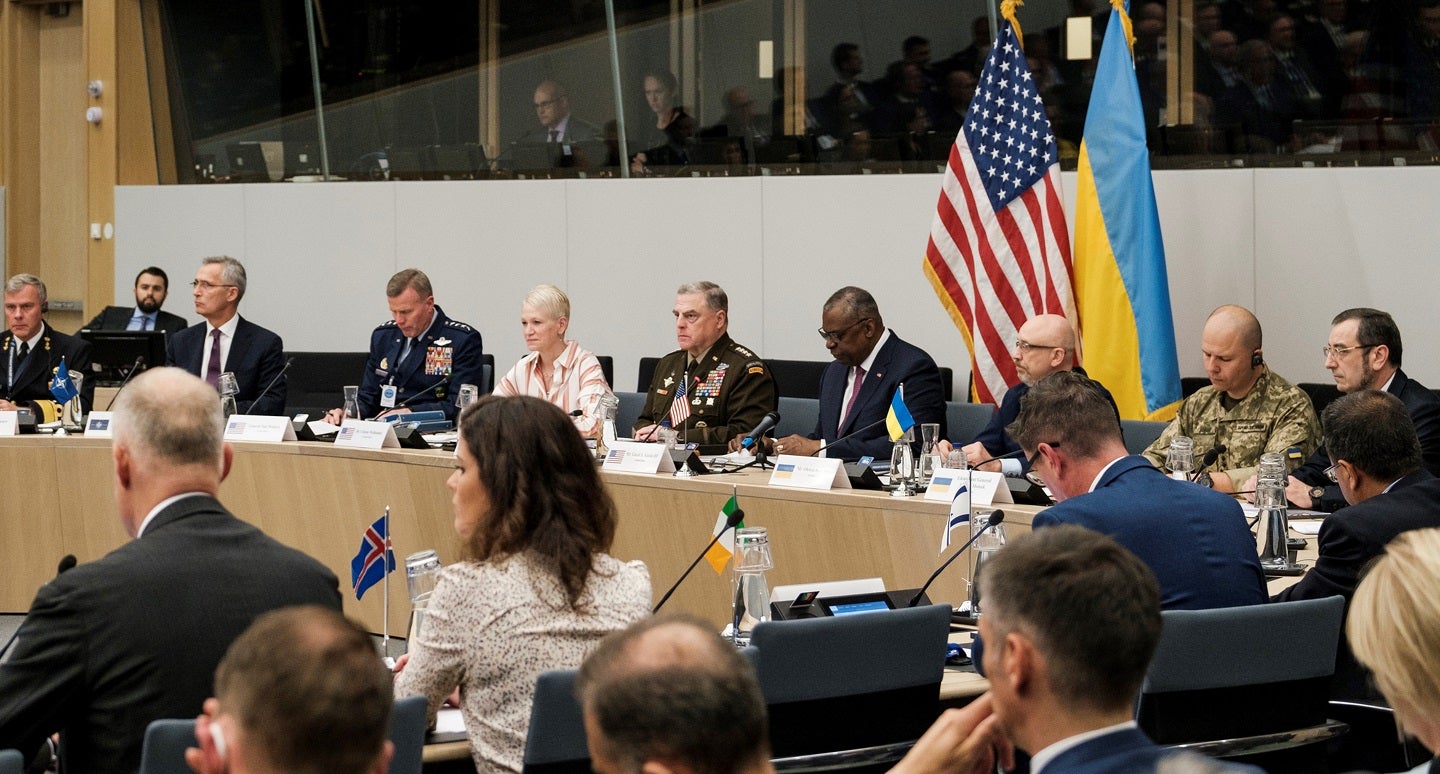
A group of four countries announced a new fund on 15 June that will deliver vital short and medium range air defence systems and “hundreds” of vital Soviet-era air defence missiles to Ukraine.
The defence ministries of Denmark, the Netherlands, the UK and the US agreed on the package during a meeting of the Ukraine Defence Contact Group (UDCG), which brings together 50 nations providing various forms of military support to Ukraine.
The four countries will procure hundreds of short and medium range air defence systems via the fund. The group has already begun to deliver the equipment within the next few weeks.
The package consists largely of Soviet-era missiles, supporting the Armed Forces of Ukraine’s most pressing needs for systems to support offensive operations and protect critical national infrastructure.
Ukraine’s counter-offensive against Russia, now ten days old, is making slow progress along the eastern and southern fronts as it combats a Russian defensive network that includes extensive minefields and pre-planned security zones used to direct and channel offensive manoeuvres.
This fund comes off the heels of a series of military aid packages from Ukraine’s western allies in the past week.
The US provided fighting vehicles and ammunition, which adds up its total support to around $40bn; the Joint Expeditionary Force, a military alliance of northern European countries, provided $116.2m worth of air defences; Denmark and Norway, together, provides part seperately to make up 9,000 rounds of artillery; while the UK has recently supplied a batch of long range Storm Shadow missiles.
However, it was found that sustaining Ukraine’s exhaustive efforts will still need a more effective strategy as opposed to the incremental package of artillery and munitions.
Ahead of next month’s Nato Vilnius summit in July, the UK Defence Secretary, Ben Wallace, will attend a meeting with other ministers to discuss changes to Nato’s military structures.
Ministers intend this overhaul will strengthen ties with defence industry while making sure the alliance has the resources it needs to tackle threats across all domains – laying the groundwork for the biggest transformation of Nato for decades.
These changes mark the alliance’s attempt to form a coherent strategy that will help to overcome the crisis of sustainment.
What’s the idea behind sending outdated kit?
We must remember that Ukraine was formerly part of the Soviet Union.
Not only does this explain why Russia is laying claim to Ukraine’s sovereign territory due to Russian President Vladimir Putin’s warped narrative of the two countries’ historical ties, but it also tells us that the Ukrainian Armed Forces are well equipped and familiar with Soviet-era systems.
While this package, which largely comprises the legacy missiles, may seem like a half-hearted step backward, it actually saves time for Ukrainian soldiers having to learn systems like they had done with the Challenger 2 main battle tanks in Britain or with the F-16 fighter jets.




